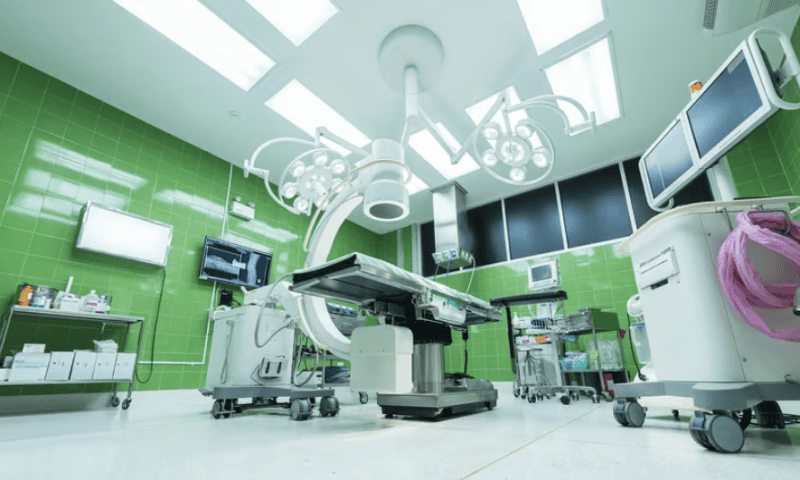Medtronic has secured not one but two new European approvals for its cardiac ablation devices to treat irregular heartbeats.
That includes a CE mark for its PulseSelect pulsed field ablation system, a new modality that aims to spare the surrounding tissue from unwanted damage by taking a more targeted approach.
The second continental green light went to Medtronic’s Nitron CryoConsole, which supports the company’s previously available Arctic Front and Freezor lines of cardiac cryoablation catheters.
The single-shot PulseSelect catheter follows up on a March approval of the medtech giant’s Affera cardiac mapping system, which is also capable of delivering both pulsed field and traditional radiofrequency ablation to treat atrial fibrillation and other heart arrhythmias. Affera was acquired by Medtronic in 2022 through a $925 million deal.
Pulsed field ablation uses short bursts of electric energy that are tuned to disrupt certain types of cells more than others without generating excess heat—for example, focusing on the contracting heart muscle cells that power an irregular heartbeat, instead of nearby nerve cells or tissues like the esophagus. Compared to more indiscriminate thermal ablation, the approach aims to offer a procedure with fewer side effects.
According to the company, PulseSelect’s European approval comes after more than 10 years of research and development. Earlier this year, Medtronic presented a clinical study of 300 participants—split 50-50 between patients with intermittent and persistent afib that had not responded to medications—that logged a 0.7% rate of adverse events. After one year, 70% of people with paroxysmal afib and 62% with persistent afib saw no recurrences of any atrial arrhythmias.
Medtronic hopes to be the first to deliver a pulsed field ablation treatment to the U.S. market, but its main competitors are closing in. Boston Scientific—which acquired its Farapulse device for $295 million in 2021—published pivotal study results this past August, with a head-to-head trial showing its approach operated on par with traditional ablation methods.
Meanwhile, Johnson & Johnson’s Biosense Webster division launched a clinical trial of its own system in paroxysmal afib early last year, with initial results showing zero primary adverse events and 71% freedom from symptomatic arrhythmias after 12 months.
“In addition to the state-of-the-art Sphere-9 Catheter with the Affera Mapping and Ablation System, we are thrilled to see the continuous innovation of our legacy cryoablation with Nitron alongside the approval of single-shot PulseSelect PFA system,” Khaldoun Tarakji, chief medical officer of Medtronic’s cardiac ablation business, said in a statement. The company said it plans to make both PulseSelect and Nitron commercially available in select European countries early next calendar year.
This week Medtronic also delivered its second-quarter financial results, including total revenues just shy of $8 billion, for a 5.3% gain over the same period in the prior year.
The company’s broader cardiovascular portfolio brought in $2.92 billion, driven by “high-single-digit growth” in pacing therapies and heart-focused diagnostics. Ablation systems, meanwhile, grew by mid-single digits during the quarter. This month also saw Medtronic collect an FDA approval for its Symplicity Spyral renal denervation system for treating drug-resistant hypertension.
In the neuroscience division, revenues were up 4.7% for a $2.29 billion total, while medical surgical portfolio sales added $2.14 billion, resulting in a 7% increase. Diabetes tech saw a 9.7% gain, equaling a $610 million haul.
Medtronic also posted $911 million in net income for the quarter, more than doubling the $435 million it saw during the same three-month period last year. This came after the company embarked on a series of international layoffs earlier this year.
“Based on the changes we’ve made to our operating model, incentives, and capital allocation, among other drivers, we’ve positioned the company to deliver consistent mid-single digit growth on the top line,” CFO Karen Parkhill said in a statement. “As we move ahead, translating this durable revenue growth into durable earnings power remains a top priority.”

